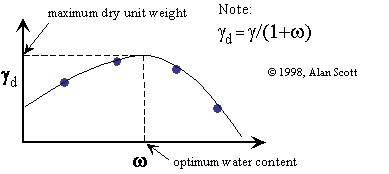All engineers must abide to a code of ethics. This code of ethics is a system of moral
principles that apply to engineering practices.
ASCE or more commonly known as the American Society of Engineers sets
these principles. It is crucial that all
engineers follow these ethics to maintain a safe and profitable curriculum even
if the right thing is not the ethical practice.
 |
| http://www.clemson.edu |
Just because something is ethical does not mean that it is
legal and just because something is legal does not mean it is ethical. An example of something that would be ethical
but illegal would be working off the clock to help a coworker with a
project. This would be illegal since it
is free labor but at the same time your coworker needs help and you can’t just
let them struggle. For the most part
ethics are the bare minimum laws that must be followed. Sometimes actions such as blowing the whistle
upon oneself must be done to ensure that ethical behavior is displayed. Blowing the whistle upon oneself refers to
reporting yourself to the designated personnel for an unethical behavior. Bribing may be common overseas. However, here in the United States bribing is
considered to be very unethical. Ethics
can be complicated but they must be understood to complete engineering
projects.
An engineer must not lie.
Engineers may only make statements about information that they are
familiar with and must do it in a truthful and objective manner. Engineers must also continue to learn to
ensure that they are producing the highest quality work and shall do so by
retaking the professional engineering exam every few years. The professional engineering exam is a test
that must be taken after five years of experience in the field if the engineer
wishes to be able to sign off on projects.
This is a way to make sure that only highly qualified engineers are in
charge of any large projects.
 |
| http://www.childrenscolorado.org |
Safety must not be compromised in the field of engineering. The math and all other corrections must be
correct and accurate to ensure that the project is safe to release to the
public. If a project were to be released
into the public that did not meet the specifications of the requirements there
could be catastrophic consequences. It
is the professional engineer’s duty to make sure that the project is properly
designed and approving anything less would be unethical. The professional engineer that had signed off
on a project that was not safe or inaccurate would be at fault and would be in
serious legal trouble. Using these
ethics will help the engineering firms stay out of legal trouble as well as
provide them with a satisfied customer.
So as you could probably tell engineering ethics are crucial
to building a safe project. Even if all
the ethics are followed it does not mean that the project is
indestructible. There are still
accidents that happen, but if the engineers do all they can then it is not
their fault. Engineers will continue to
make new projects and with these new projects will come difficult decisions but
only ethical choices must be made to make sure that we will continue to have a
safe world.
If you would like to see the engineering code of ethics please see this link.
http://www.nspe.org/Ethics/CodeofEthics/index.html
If you would like to see the engineering code of ethics please see this link.
http://www.nspe.org/Ethics/CodeofEthics/index.html




